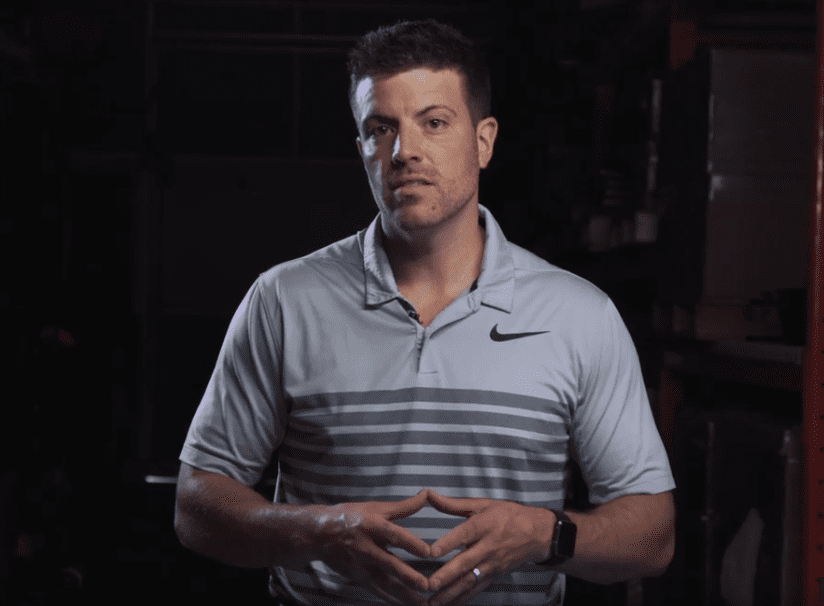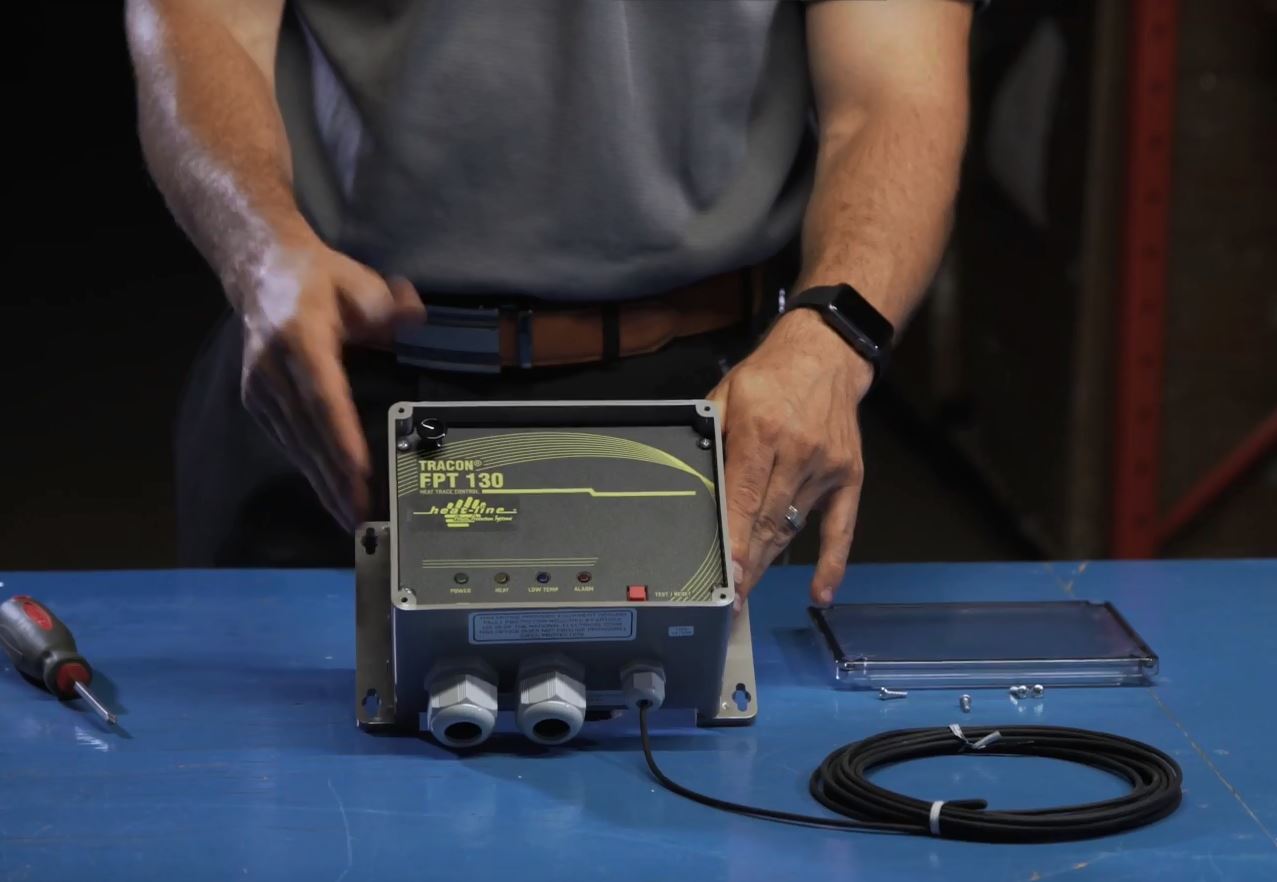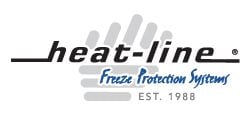

Retro-Line Outdoor Intersection Explained
Commonly Retro-Line systems are installed into a pipe from within a building and as such the intersection point of the heating cable and the pipe is located...


Knowing Your Pipe Type and Size
Retro-Line can be used in all pipe types with inside dimensions ranging from 3/4 inch to 2 inch including all metal and non-metal pipes such as...


The Innovation at Heat-Line Continues
Heat-Line is pleased to continue the mission of constantly improving our products to meet the needs of our growing customer base. The latest innovation comes...


Does Low Voltage Heat Trace Use Less Energy?
A common misconception is that low voltage electrical appliances, such as a heating cables, consume less energy than 120/ 240 volt electrical appliances. Power consumption...


Tips for Installing Your Heat-Line Heating Cable System
Installing heating cables can be an intimidating experience whether it is your first or tenth time. That is why Heat-Line does their very best to...


New Thermostat Upgrade and Features
Recently Heat-Line introduced an upgrade to the GF-STAT thermostat with the release of the new GFA-STAT. The new GFA-STAT provides all the same features as...


Paladin for Exposed Pipes in Cold Areas
Plumbing that is exposed underneath raised homes & cottages and or in non-heated basements and crawlspaces can be a headache when the temperature outside dips...


Rizer-Line In-Pipe Heating Cable System for Livestock Waterers
The Rizer-Line system combines both Heat-Line's advanced internal and external heat trace cable technology. Providing internal protection of the water supply line that extends below...


Low Voltage Heat Trace for Heavy Equipment
Heat-Line is proud to offer a low voltage heating cable assembly for the commercial and industrial vehicle markets. Kompensator, as it is known, provides dependable...


Preventing Well Riser Pipes from Freezing
Drilled or dug wells should be installed and designed so that the water supply pipe enters the well below the frost line. Therefore there is...
